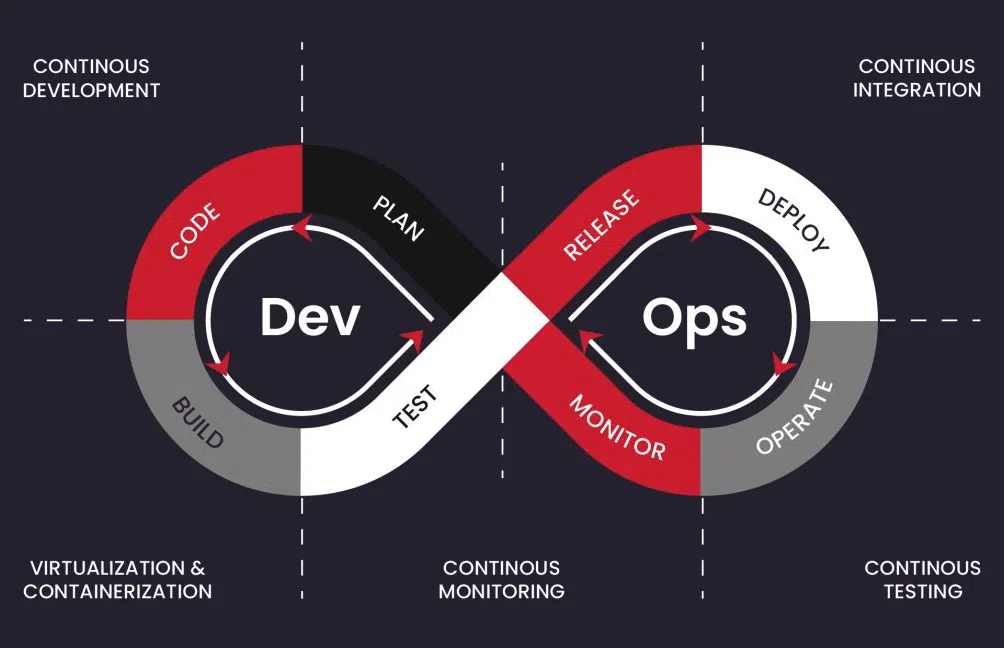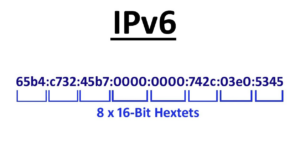
Balancing Stability and Speed: A Look at SysOps vs DevOps
Introduction
SysOps Explained
DevOps Overview
Key Differences
Common Tools
Case Study
Best Practices
Conclusion
In today’s tech-driven world, the push to deliver software quickly must coexist with the need to keep systems stable and secure. Two operational models that frequently come up in these conversations are SysOps (Systems Operations) and DevOps (Development + Operations). Both serve crucial roles in managing infrastructure, but they do so from different angles.
This guide will walk you through the fundamental principles behind SysOps and DevOps, explore the key differences, and offer practical insight into how each approach impacts your business. If you’ve ever wondered whether to invest in a SysOps-focused team or embrace a DevOps culture—or blend both—read on.
“Operations” refers to the day-to-day tasks that keep your servers, websites, and apps running. Meanwhile, “Development” deals with writing or updating software. DevOps merges these areas for faster, more reliable results, while SysOps sticks closer to traditional system admin roles.
SysOps Explained
SysOps stands for Systems Operations. This approach often focuses on traditional server administration and overall infrastructure management. SysOps professionals typically ensure that critical services remain available around the clock, handling tasks like installing operating systems, patching vulnerabilities, monitoring performance, and resolving incidents.
Core Responsibilities of SysOps Teams
- Server Provisioning & Maintenance: Setting up servers, installing software, and applying security updates.
- Network Administration: Managing firewalls, load balancers, and VPNs to maintain secure and efficient traffic flow.
- Incident Response: Quickly troubleshooting outages, performance issues, and hardware failures.
- Monitoring & Alerts: Using tools to track CPU, RAM, and storage usage, ensuring immediate action when thresholds are exceeded.
The SysOps Mindset
Think of SysOps as "keep the lights on" engineering. It’s largely reactive and operations-centric. The goal is stability, security, and a predictable environment. Although automation can be part of SysOps, many tasks might still be scripted or done manually, especially in smaller companies.
DevOps Overview
DevOps seeks to bridge the gap between software development (Dev) and IT operations (Ops). Rather than keeping these teams siloed, DevOps encourages collaboration, automation, and continuous feedback. This approach aims to deliver code more quickly and with fewer errors.
Core Responsibilities of DevOps Teams
- Automation of the Software Delivery Pipeline (CI/CD): Building, testing, and deploying code automatically.
- Infrastructure as Code (IaC): Defining and managing infrastructure in version-controlled templates using tools like Terraform or CloudFormation.
- Continuous Monitoring & Feedback: Collecting metrics and logs to refine performance and detect issues before they escalate.
- Culture & Collaboration: Encouraging a single team mindset where developers and sysadmins share ownership.
The DevOps Mindset
DevOps is all about speed, automation, and a proactive attitude. By automating repetitive tasks and integrating feedback loops, DevOps teams push software updates more frequently and reliably. The emphasis on collaboration also means developers and operations engineers work together to solve problems quickly.
Key Differences Between SysOps and DevOps
While both SysOps and DevOps aim to keep systems running smoothly, they diverge in how they approach and prioritize tasks.
- Focus: SysOps emphasizes stability and uptime, while DevOps stresses speed and continuous delivery.
- Methodology: SysOps can be more manual or scripted, whereas DevOps is heavily automation-centric (CI/CD, IaC).
- Culture: SysOps often places operations in a separate domain from development. DevOps merges these domains, promoting shared accountability.
- Scalability: SysOps scales by adding or configuring more servers. DevOps builds scalability into the pipeline, using container orchestration, microservices (if applicable), and dynamic resource allocation.
- Tools: SysOps relies on classic admin utilities, monitoring software, and scripts. DevOps adds specialized tooling like Jenkins, GitLab CI, Terraform, Docker, and Kubernetes.
Common Tools and Platforms
SysOps Tools
- Monitoring & Logging: Nagios, Zabbix, Datadog
- Configuration Management: Bash scripts, Puppet, Chef (though Chef can also be used in DevOps scenarios)
- Network Administration: iptables, pfSense, HAProxy for load balancing
- Server & Service Management: cPanel/WHM, Plesk for hosting administration
DevOps Tools
- CI/CD: Jenkins, GitLab CI, GitHub Actions
- Infrastructure as Code: Terraform, AWS CloudFormation, Ansible
- Containerization: Docker, Kubernetes, ECS or EKS on AWS
- Collaboration & Version Control: Git (GitLab, GitHub, Bitbucket)
DevOps emphasizes using version control for both code and infrastructure configurations. This allows teams to replicate environments rapidly, reduce errors, and track changes over time.
A Quick Case Study
Imagine a mid-sized e-commerce website experiencing steady growth. The SysOps team has traditionally monitored server health and manually added instances during peak sales. Over time, updates to the website become more frequent, and downtime during maintenance windows starts to impact revenue.
By adopting DevOps practices—like continuous delivery and automated scaling—the business can deploy updates multiple times a day without significant downtime. Developers and operators work together in planning to ensure code changes are production-ready, significantly reducing late-night fire drills.
Best Practices
For SysOps Teams
- Documentation: Keep a well-maintained runbook or wiki for infrastructure configurations and troubleshooting steps.
- Proactive Monitoring: Set up alerts to catch issues before they escalate, especially for resource exhaustion or network bottlenecks.
- Automation Where Possible: Even if you’re not fully embracing DevOps, automating repetitive tasks can save time and reduce human error.
For DevOps Teams
- Shift Left on Testing: Integrate testing early in your CI/CD pipeline to catch bugs sooner.
- Monitor Everything: Log and visualize metrics from your entire stack—application, infrastructure, and user-facing services.
- Encourage Shared Accountability: Keep developers and operations in close sync, so responsibilities and insights are shared from dev to prod.
Final Words
Whether you lean toward SysOps or embrace DevOps depends on your organization’s size, culture, and speed of development. SysOps is all about stability and maintenance, while DevOps marries swift deployment cycles with robust operational ownership. Both have unique strengths, and many teams adopt a blend to balance reliability with rapid innovation.
Ultimately, the best approach is one that meets your current needs and prepares you for future growth—whether that’s a dedicated SysOps team, an all-in DevOps culture, or a tailored mix of both. By understanding the differences and benefits of each, you’ll be better positioned to make informed decisions that drive efficiency, scalability, and success across your digital operations.
Need Expert Help?
We’re here to support you and manage your tasks.






